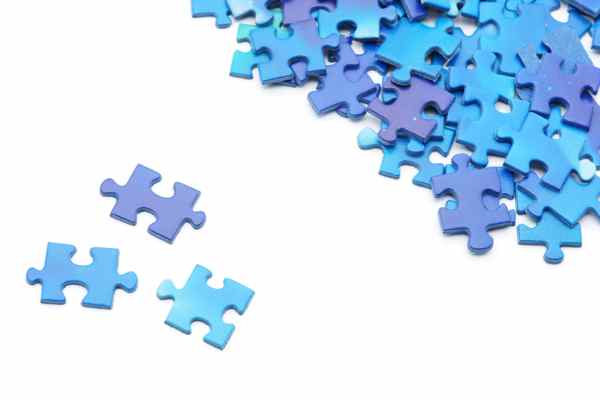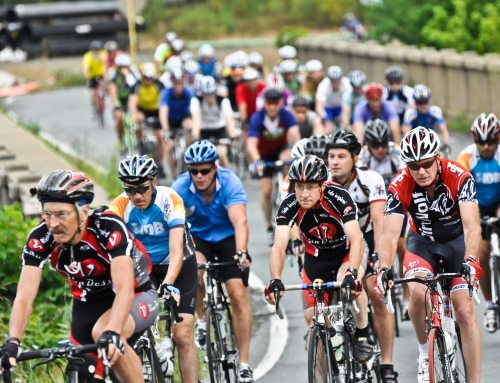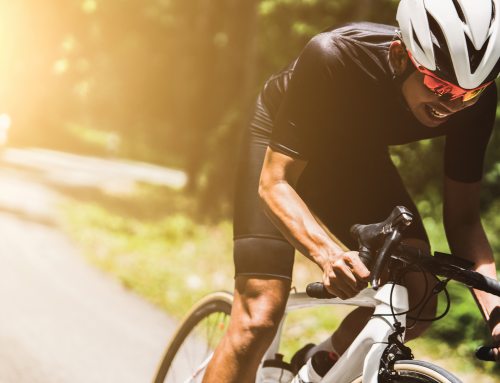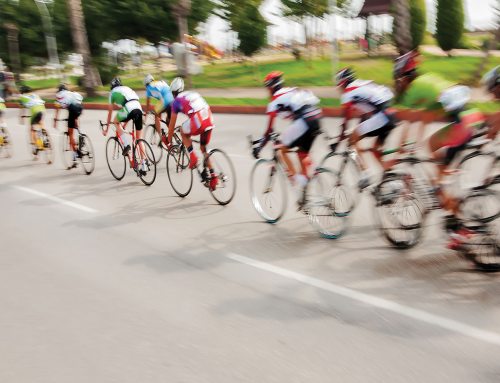
Putting It All Together – Learn To Be a Better Cyclist
By Victor Jimenez
Have you ever worked on a 1,000-piece jigsaw puzzle? It can be incredibly challenging and rewarding, yet sometimes downright frustrating. Your strategy changes as you move further along in the puzzle. In the beginning you look for all the edge pieces and then you move along to sorting pieces by color, shape, etc. You might look at an area for hours and then someone comes along and instantly puts the pieces together. Sometimes it’s the fresh eyes that give you the breakthrough that allows you to see where that little piece with the orange stripes and white tab fits. Becoming a good cyclist or triathlete is similar to putting together a puzzle.
Look at your cycling with fresh eyes
There is an overwhelming amount of information (the 1,000 pieces) about special training techniques, intervals, and an amazing array of the latest and greatest bikes and gear. To further confuse athletes, at times it seems that there is so much equipment hype that you are led to believe that just by spending money you will be winning races with that new set of aero wheels or wind tunnel optimized frame.
Start with the basics
An aerodynamic frame with special wheels is all well and good but if you have not yet mastered the basics you may be wasting your money and time. I have broken down cycling into three major categories to make it easier to think about the thousands of things you need to know.
The 3 major categories are:
- Bicycle fit and positioning
- Equipment
- Technique
Let’s take a look at each of these categories and see how they fit into the puzzle. Think of each area as a small section of the bigger puzzle. The whole thing can never come together without first addressing each area. Ideally, each area should be followed in order: bicycle fit first, then proper equipment, then technique and training methods. Regardless of whether you are just starting out or are an elite professional you would do well to periodically go back to the basics and re-evaluate all three areas. Always start with fit first.
Bicycle Fit and Positioning
Bicycle fit and positioning encompasses so much more than just adjusting your saddle and handlebars. There are only so many adjustments that your fitter can do to make you comfortable and efficient. Much of your position has to do with your flexibility and overall body strength. If you want to be more efficient and faster you will need to spend time working on your position-specific weaknesses. As an example: A rider may have poor strength and engagement of core or back muscles. That rider would need to work on these things to improve his position, comfort, and efficiency on the bike.
Equipment
Your bike should not only fit well but be the appropriate bike for the intended use. For example, if your intention is to do one or two triathlons a year, you may be better suited for a road bike than a triathlon bike. You need to think about the specifics of your bike, such as the gear ratios, wheels, helmet, shoes, pedals … this list goes on. To add pieces to the puzzle you need to learn how to use and care for all of this equipment. I am not saying that you need to be a master mechanic but you should have a basic understanding of how your equipment works and how to take care of it.
Technique
Technique, simply put, is how you interact with the bike. This covers everything from how you pedal to how you stop the bike. It means how you shift your gears while going up a hill and when should you stand or sit. It even means how you grab a water bottle and how you look over your shoulder. There are easily 1,000 pieces to the technique puzzle alone.
Becoming a Better Cyclist
The right professionals can really improve an athlete’s performance. When selecting teachers and trainers look for those that work well with you and can work together to help you get the most out of your sport. Below are the key teachers every athlete should seek out.
Coach – Plans your workouts and training cycles
Bicycle fitter – Tunes your position and technical cycling and acts as technique adviser/trainer
Physical therapist – Essential for preventing injuries through balanced strength and movement
Strength trainer – Ensures that you are performing your strength training properly
Yoga and Pilates teacher – Helps maintain overall strength, flexibility and mental focus
Sports nutritionist – Advises on proper diet and hydration on and off the bike
Massage therapist – Helps with recovery so that you can improve
Summary
A 1,000-piece jigsaw puzzle is no easy task. It takes time, focus, and every now and then you need to look at the task with fresh eyes. For cyclists and triathletes this means looking at the big picture of your riding. Remember the three major pieces of the puzzle: bicycle fit and positioning, equipment, and technique. It is best to periodically go back and start with the basics and evaluate the entire puzzle before you move on the specifics.
I hope that this article has you thinking about some of the things that you can and should be doing to improve your cycling. The more you know about your sport, the better you will be and the more fun you will have.
# # #
Victor Jimenez is the owner and professional bicycle fitter at bicyclelab.com. Bicycle Lab is a small boutique studio that specializes in bicycle fitting, custom bicycles, and education. Victor teaches clinics and classes to individuals, coaches, and teams on bicycle fit and the technical aspects of cycling and is co-host of the www.cycling360media.com podcast. He can be reached at www.Bicyclelab.com, www.Facebook.com/bicyclelab or victor@bicyclelab.com.






